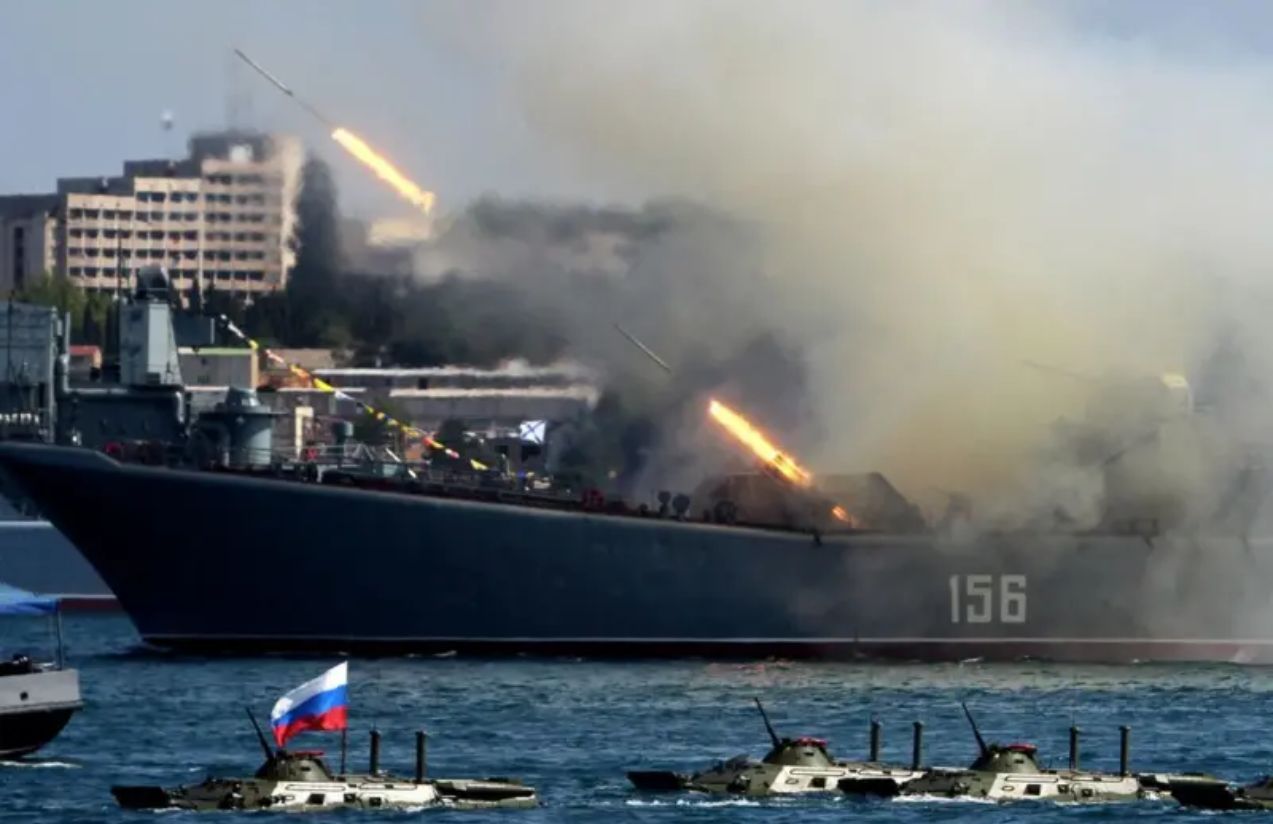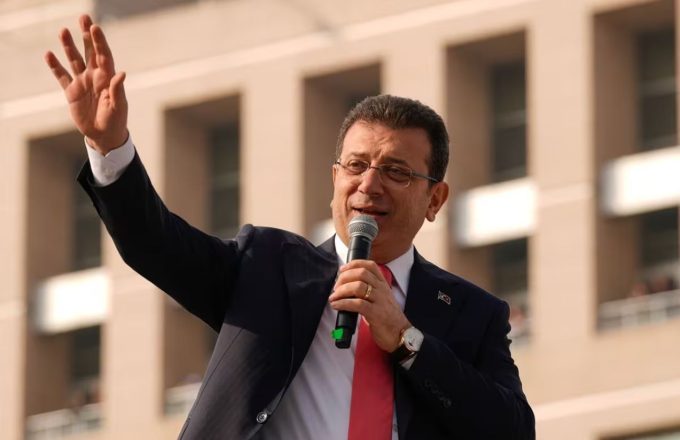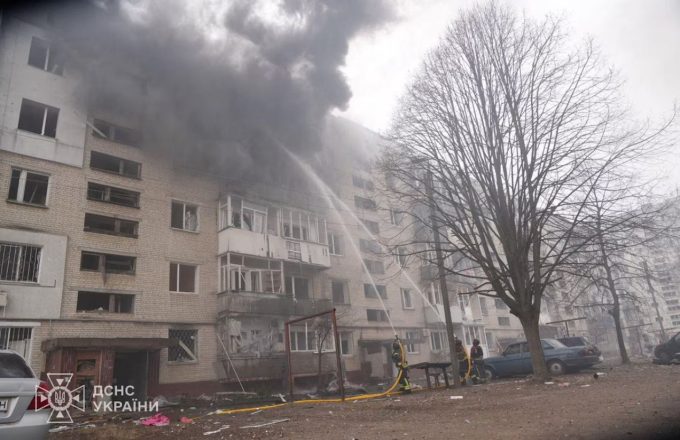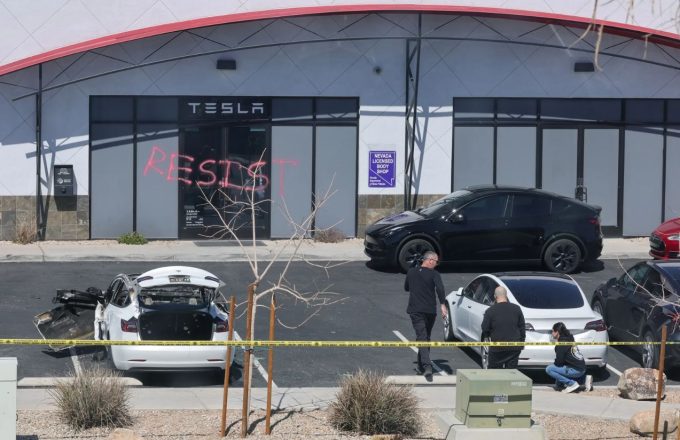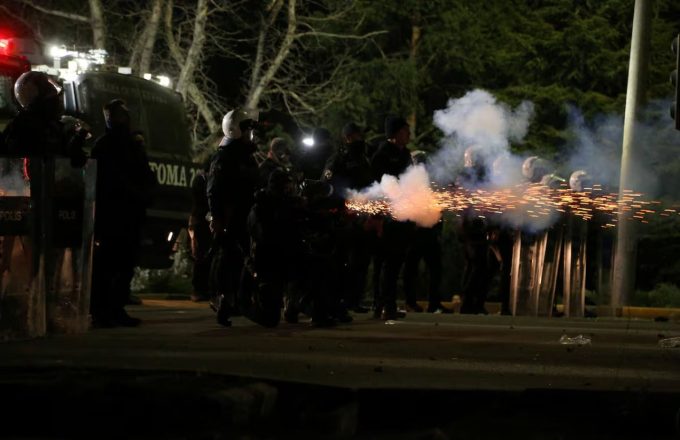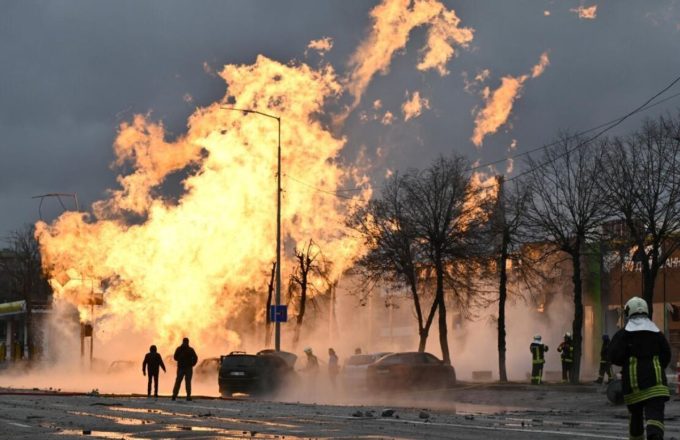Russia and Ukraine reached an agreement with the United States this Tuesday to establish a maritime ceasefire in the Black Sea region. The White House announced the news in two statements following meetings between U.S. officials and representatives from Moscow and Kyiv in Saudi Arabia.
This ceasefire will allow the opening of a safe corridor for commercial vessel navigation.
“The United States will help restore Russia’s access to the global market for agricultural and fertilizer exports, reduce maritime insurance costs, and improve access to ports and payment systems for such transactions,” the White House stated after talks with Russia.
Washington also assured that the agreement would help Ukraine negotiate the exchange of prisoners of war, the release of civilian detainees, and the return of Ukrainian children who were forcibly taken.
However, Moscow set conditions for the agreement.
The Kremlin stated in a communiqué that its final approval is contingent on lifting sanctions imposed on Russian companies involved in international food and fertilizer trade. Additionally, it demanded the removal of restrictions on the Russian bank Rosselkhozbank and the restoration of its access to the international messaging system SWIFT, which is crucial for secure financial transactions between banks.
For his part, Ukrainian President Volodymyr Zelensky stated that negotiations are moving in the right direction toward total peace but emphasized the importance of adhering to the terms discussed in Saudi Arabia. “If the Russians violate this, I will make a direct request to President Trump: here is the evidence, we request sanctions, we request weapons,” he told reporters.
The Ukrainian Ministry of Defense warned that any movement of Russian warships outside the “eastern part of the Black Sea” would be considered a violation of the agreement and a threat to Ukraine’s national security. “In this case, Ukraine will have full rights to exercise self-defense,” it stated in a communiqué published on X.
Both countries also agreed to implement measures to halt attacks on Russian and Ukrainian energy facilities for a period of 30 days, starting March 18, according to the Kremlin. However, in recent days, both Russia and Ukraine have reported violations of last week’s agreement regarding the protection of energy infrastructure.
The talks in Riyadh have been considered a partial success. Although the objectives were less ambitious than the previous proposal in Jeddah, which aimed for a total 30-day ceasefire by land, sea, and air, achieving this maritime agreement represents progress.
However, the distrust between Russia and Ukraine remains high, which could threaten the stability of the pact. A possible scenario of breakdown could arise if Ukraine accuses the Russian navy of violating the agreement by moving westward, something Moscow could deny. In response, Ukraine might retaliate, leading to a new cycle of attacks and the collapse of the pact. Additionally, there is the risk that one party accuses the other of carrying out a “false flag attack” to discredit them.
Despite these risks, Russia is interested in resuming its commercial exports through the Black Sea, while Ukraine seeks to ship its grain from ports like Odesa without the fear of Russian missile strikes.
While the agreement is fragile, it could serve as a foundation for a broader ceasefire in the future.


